Using Apple Vision Pro on a walk and in a car
Posted by Wesley on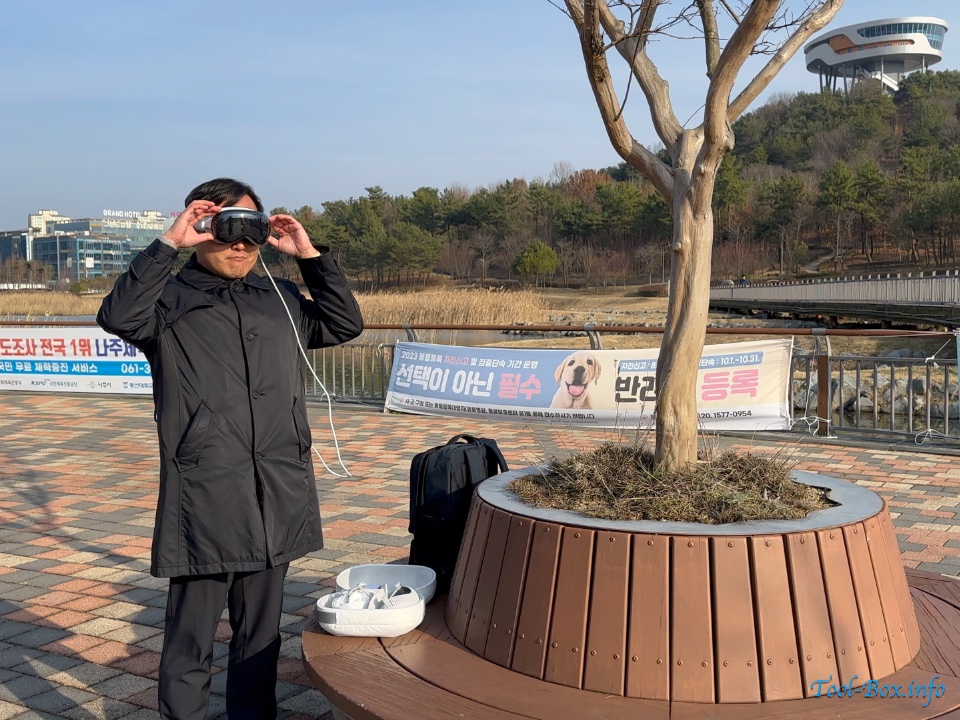
One of the main reasons I developed a wearable computer two decades ago was to have a computer available for use while on the move. Since Vision Pro is also a computer you wear on your body, I wanted to see if it was just as versatile. So I brought it to a local park in the Travel Case and wore it at a bench as you can see above. The wearing process itself took about 90 seconds to complete, which isn't that different from my old creation.
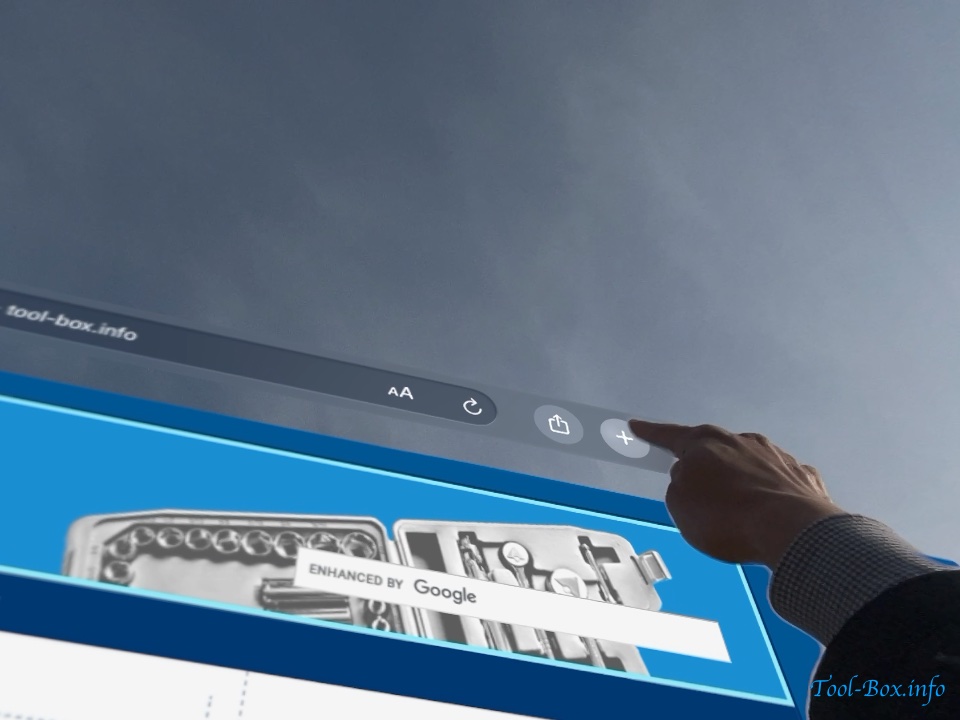
Once the system is booted and ready for use, I can load up the Home View and launch apps, all of which are floating but "anchored" to the surrounding space. Although the default way of interacting with the elements in a window is via hand gestures, I can just walk up to the window and "touch" it to use it like a huge touchscreen. There's no haptic or tactile feedback, so it's a bit awkward. However, the audible cue does make you feel that there's a slight feedback and it helps.
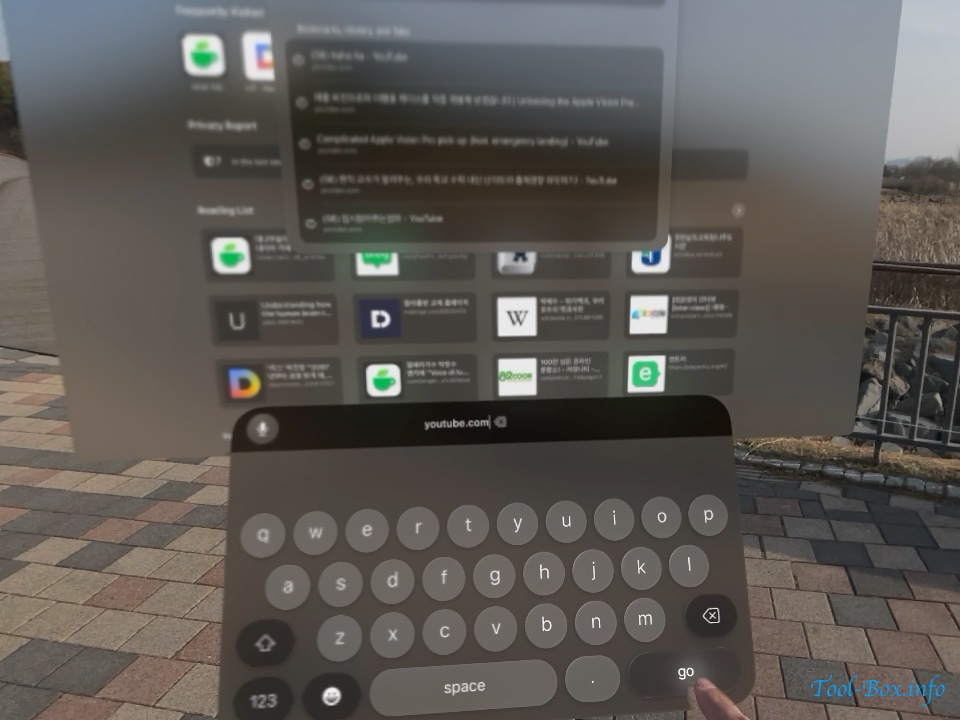
In a similar way, the system will show you a keyboard or a keypad when text input is needed and you can touch the keys to type. It's okay for short entries, but hardly suitable for long blog post. Using the dictation feature might be a better alternative in this instance and it works just about as well as you'd expect on a Mac. Unfortunately, the current version of visionOS limits the language to English only, even for keyboard selection. This is probably an artificial restriction that'll be lifted later on. For Korean and non-English users, you might need to get a bit creative, like using an app with a built-in input method editor.
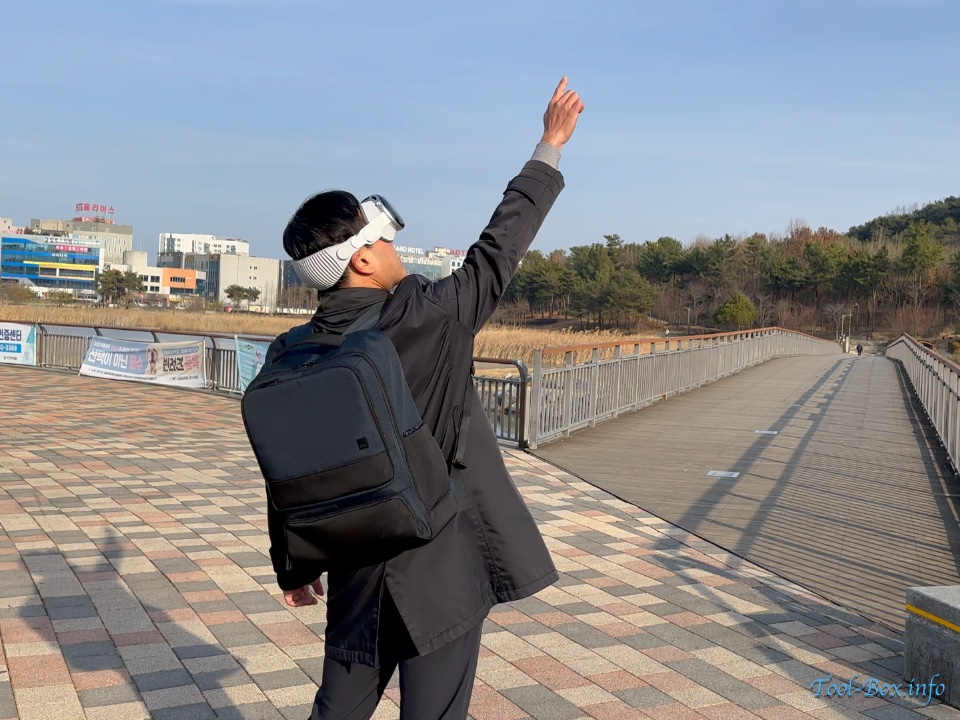
Now, using Vision Pro in an open public space might not be a great idea. All the windows you interact with can only be seen by yourself. To everyone else, you're just waving your hands around like a mime. That the windows have to be anchored for use can be a problem as well. You can "carry" the window with you, but you have to "drop" it somewhere for it to be usable. This means you can't use an app as you walk like you could with a smartphone (or even my old wearable computer) by default.
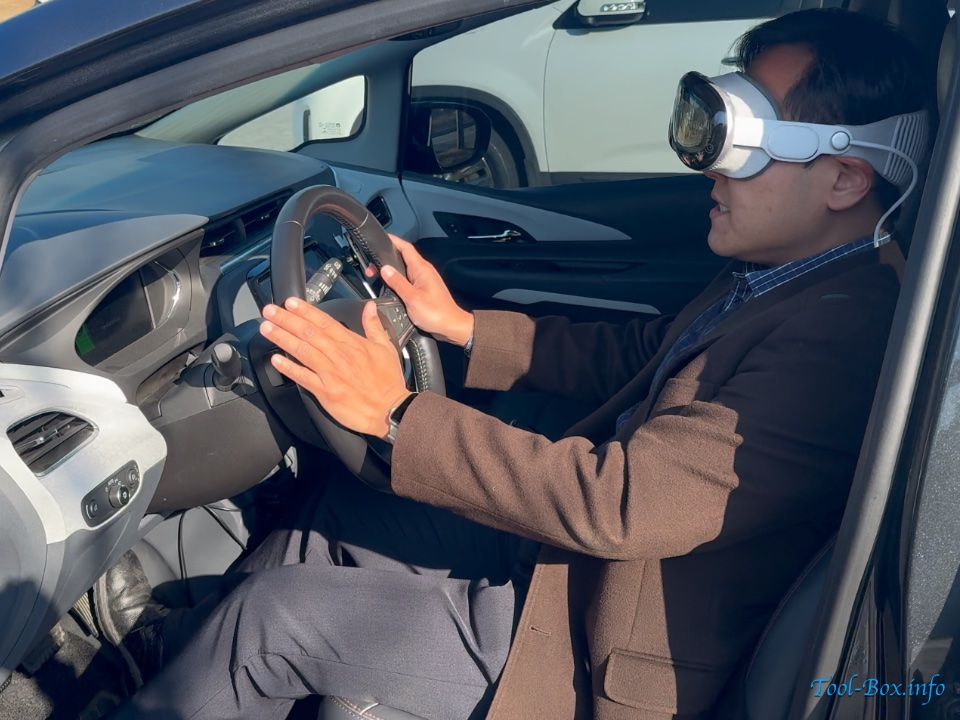
Vision Pro does offer a way for a moving person to use it, called "Travel Mode". However, Apple claims it's only for when the movement is constant, like in an airplane. And indeed, it doesn't work all that well at all while walking. But how about in a car? I decided to test this idea out with my Bolt EV. A few people have apparently tried it while driving, but I noticed that this would be problematic immediately upon sitting in the driver's seat. The horizontal field of view was severely reduced, from about 200 degrees to 100, which means I can only look at the road ahead and not the sides unless I turn my head. Of course, that wasn't the only issue.
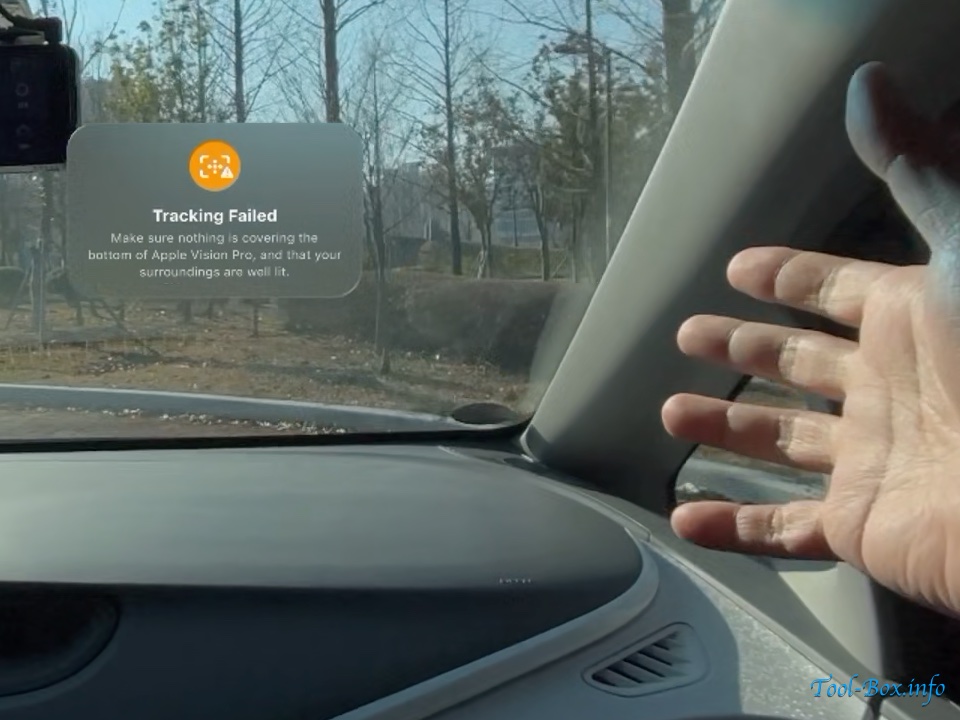
The fast movement of the car meant that the system loses tracking almost right away and pops up Tracking Failed error unless the Travel Mode was enabled first. The error disables all the functions, and didn't go away until the car came to a complete stop. Enabling the mode did make the system much more functional, but it was nowhere near a silver bullet.
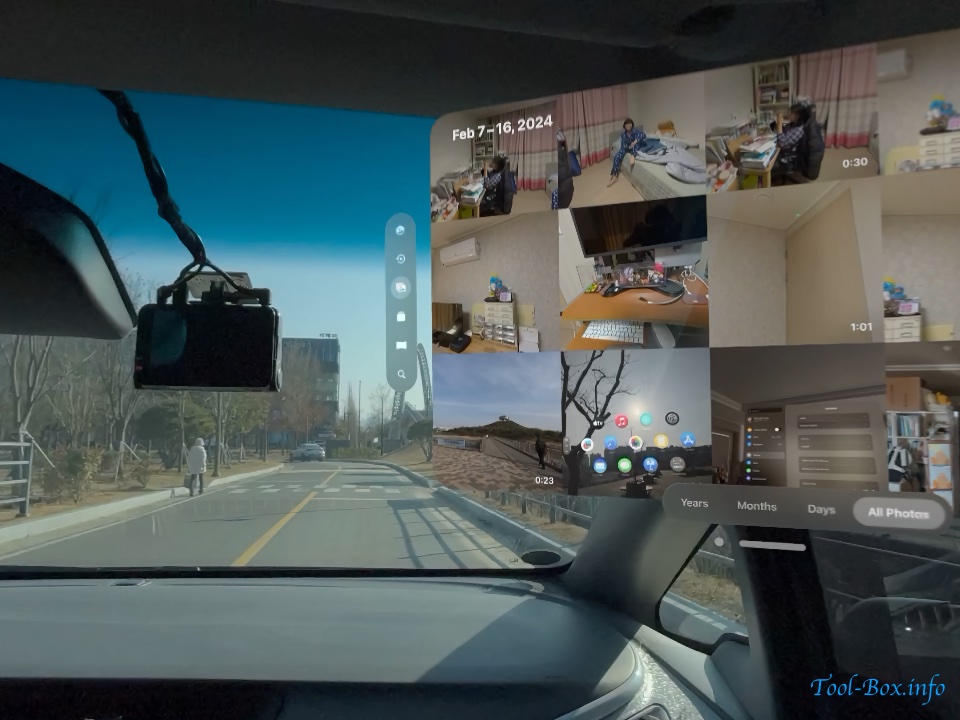
I saw two major issues here. One is that the windows easily block the view. You could move it to the side, but that still creates a large black spot. So interacting with Vision Pro while driving is going to be highly dangerous. Another is that the windows may still move erratically or even disappear as the car follows the road. This seems to stem from Vision Pro getting confused by sideways movement. Therefore, using Vision Pro would be difficult to nearly impossible in a moving car, even when as a passenger.
To sum up, Vision Pro in its current form is only ready for use in a static environment and is not going to work if you're on the move, except for maybe on an airplane. This is quite a bit in contrast to my original wearable computer or a modern smartphone. While this is a bit disappointing for me, I think the technology itself is still interesting and I'll keep on testing.